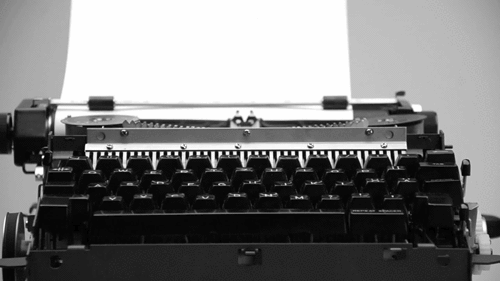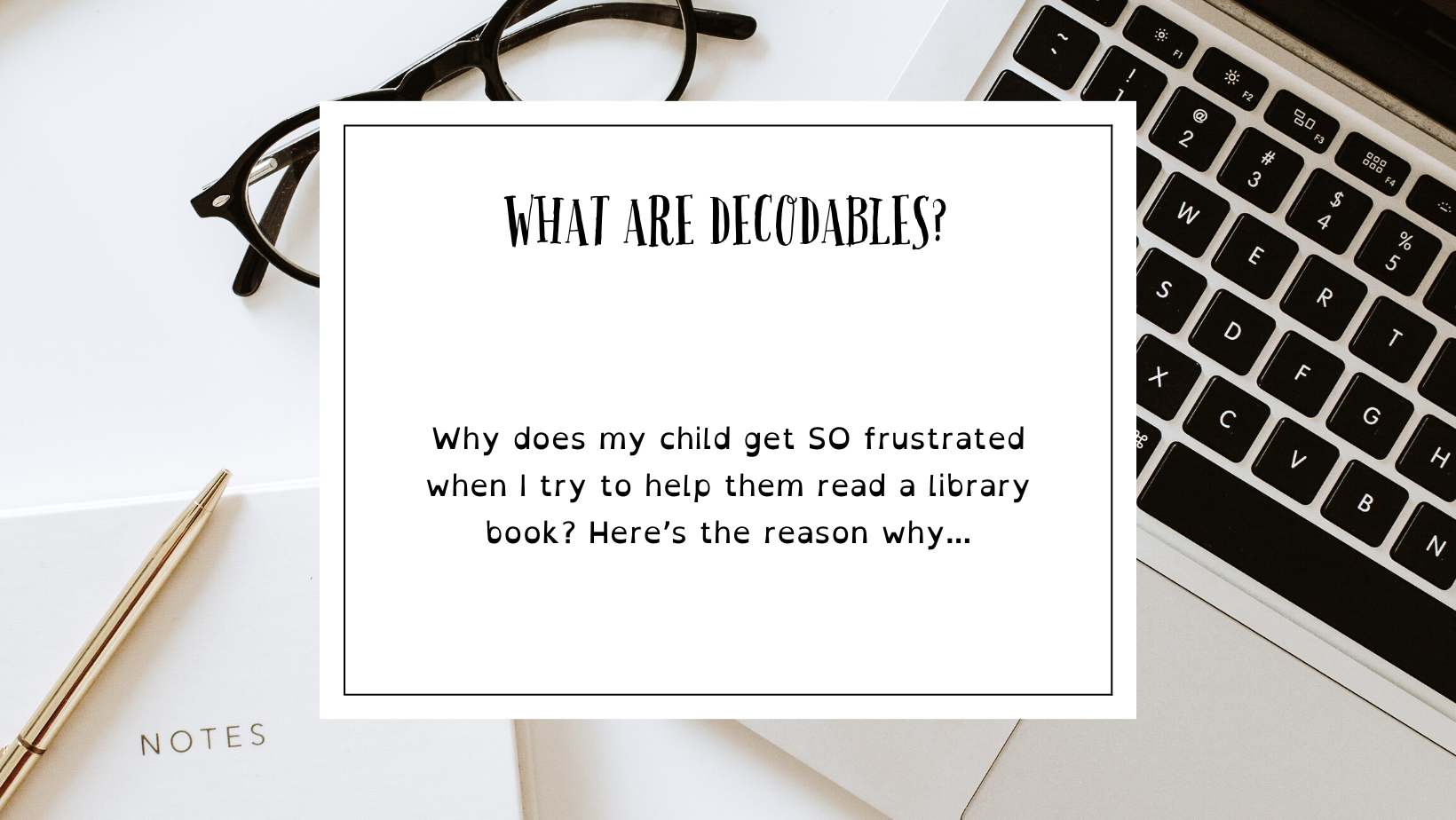What is decoding?
Basically, decoding is reading words. It is breaking the code of the English language (in fancy teacher talk, we call this the alphabetic principle; the knowledge that every letter or multiletter phonogram represents a sound, connecting sounds to symbols). Decoding ONLY refers to reading. (Encoding refers to writing, but that's a topic for another day.)
Why are decodables important?
Reading requires 1) Fluently decoding words and 2) Understanding those words. (In fancy teacher talk, this is often referred to as the simple view of reading, a basic mathematical formula. Decoding x Language = Reading Comprehension. In other words, reading comprehension, which is the goal of learning to read, is reading words and understanding those words read.) For new readers, decoding is difficult as they have to sound out words to read them. Decodables only include one new phonics skill that has been explicitly taught (and reviews phonics skills that have already been explicitly taught) so that a new reader can focus on meaning. In a few words, they’re books your child can actually READ! And isn’t that exciting?!
Can I find decodables at my library?
Yes and no. Your library might have Bob books. (That’s the brand, Bob books.)You may have seen them before. They’re small paper books with simple sentences and simple pictures. They can be seen as babyish and are better for kindergarteners, but nowadays, there are even better options. The problem is you won’t find many at your local library. There, you’ll see leveled readers with letters ranging from A - Z.
What are leveled books?
Have you been picking up books from the library that you’re sure your kid will love only to be met with resistance, struggle, and frustration? That’s because they’re probably leveled readers. Leveled readers rely heavily on pictures and/or patterns of text. They encourage kids to guess or memorize words. They can give the illusion that kids are reading books when they’ve really just memorized the pattern. In terms of phonics skills, they’re all over the place. No wonder they’re so frustrated! They can’t actually read the book!
How many times should my child read a decodable?
The short answer? At least twice. Once to focus on decoding and a second time for fluency and comprehension (understanding what they read.) The long answer? Different readers need a different amount of exposure towards new words. Dyslexic students for example might need to sound out a word 10, 20, or even more times for it to be permanently stored in their brain (the fancy teacher term is orthographically mapped in the brain) while other students only may need to sound out a word one or two times. (We’ll go more into depth in another blog post.) It’s completely fine to continue reading the book after this, but it is not necessary, and the student can move on to practice decoding strategies with other books.
How do I know if my child isn’t memorizing the words?
Memorizing words is a common strategy in schools today. It comes from a whole language or balanced literacy approach to teaching kids to read. (We’ll go more in depth in another blog post.) The science of reading (decades of research through interdisciplinary studies that shows us how the brain learns to read and what we need to do to teach kids how to read) tells us that our brains don’t store words as pictures or whole words but as sounds. Our brains map, not memorize words. If your child is confusing similar looking words, such as “stop” and “spot,” then that’s a sign they might be memorizing words rather than decoding them and mapping them in their brain.
What about sight words?
Oh, you mean high frequency words? We’ll talk about what sight words REALLY mean in another blog post, but for now, we’ll refer to what you’ve learned as “sight words” as high frequency words. High frequency words are words that we see a lot when we’re reading. Many are actually decodable while some have a tricky part. High-frequency words with tricky parts should be explicitly taught. A good way to do this is through the heart word method (another blog post for another day). Basically, we map words with sound boxes (the fancy teacher term is Elkonin boxes), connecting the sounds to symbols, which maps the words in our brains.
What about real books?
Sometimes decodables get a bad rap because they can be boring. I’ll say two things here. 1) Picture books and chapter books absolutely have a place in the learning to read journey. While your child is still learning to read, though, they’re best as a read aloud or listening to audiobooks. (This will be beneficial for listening comprehension and to build vocabulary among other things.) 2) Decodables are not ALL boring. Just like there are different chapter books (some interesting, some boring), there’s more variety for decodables nowadays too. It's all about high interest. In fact, there are even decodable chapter books so that even struggling readers can read books and fall in love with reading.
Speaking of high interest decodable chapter books...This week I met with the creator of Simple Words decodable chapter books and am working to 1) Get them in our shop for you, and 2) Revamp our monthly subscription box at a lower price point using Simple Words decodable chapter books. Think of it as your nightly reading homework delivered!
Interested in ordering a high-interest deocdable chapter book or want to get on the waitlist for the new subscription box? (No pressure to order or commit to anything.) Let me know by sending me a quick e-mail at aoife@thereadersdropinn.com.


